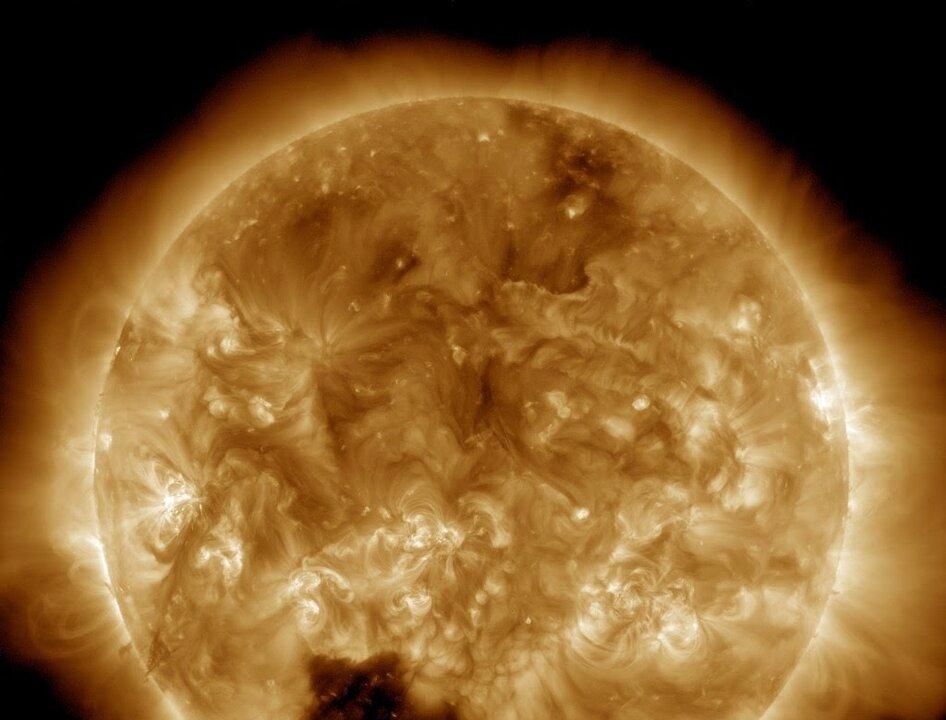Evidence of an unusually huge solar storm that battered the Earth, showering it in radioactive particles more than 2,500 years ago, has been discovered by scientists beneath the Greenland ice sheet, The Guardian reported.
The team, who were studying ice almost a third of a mile beneath the surface, found traces of the huge radiation blast which hit the earth during a storm in 660 BC, embedded in Greenland ice cores.





